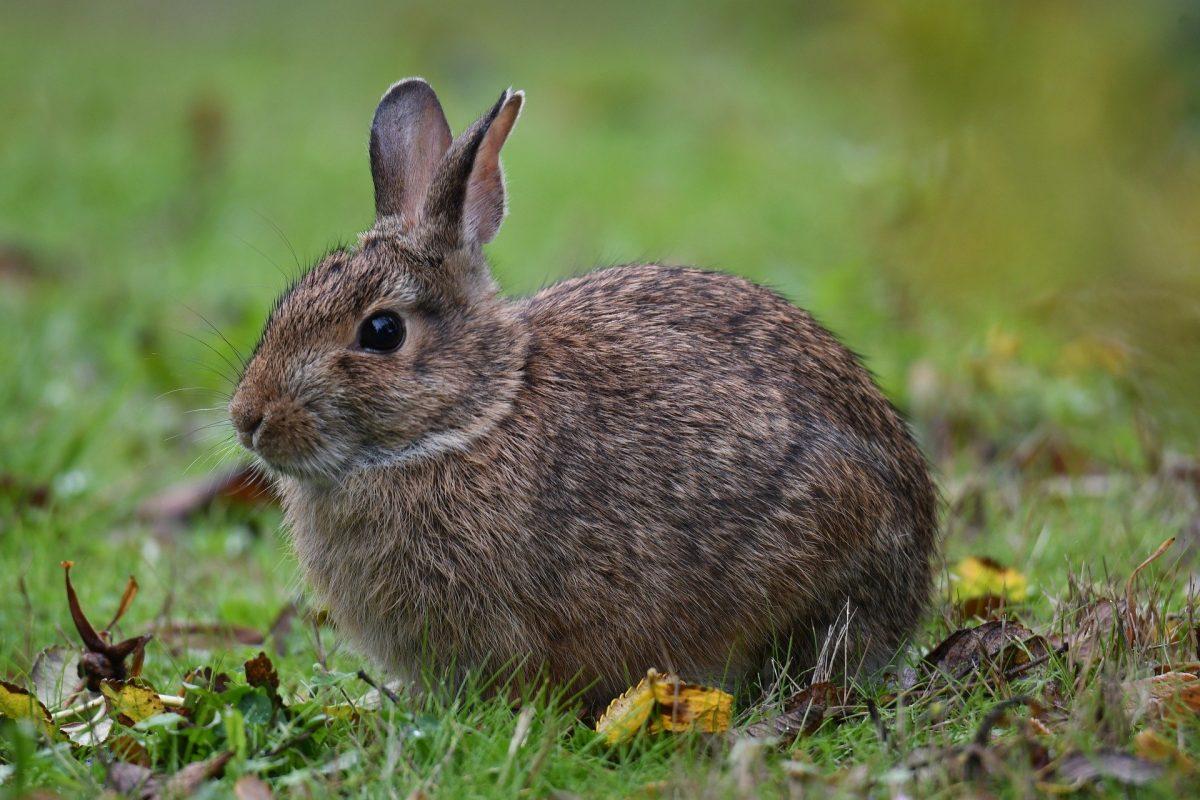Even with shared ancestry, domesticated and wild animals look different, but according to a recent study, their differences stretch far beyond their appearances.
In a study led by Leif Andersson, a professor at the Texas A&M College of Veterinary Medicine & Biomedical Sciences, or CVMBS, he and his team discovered there were changes in gene expression between the brains of domesticated and wild rabbits, as mentioned in Texas A&M Today.
“Domestication is a very important development which happened during human history … so there has been a lot of interest to try to understand what genetic changes have happened during domestication,” Andersson said. “So, how could we transform a wild species into a domesticated species?”
Andersson said his team chose rabbits rather than other domesticated animals, like dogs and goats, as rabbits were more recently domesticated which makes genetic and structural changes more evident.
The team started by DNA sequencing wild rabbits and domestic rabbits from different breeds and then compared the different sequences in their genomes, Andersson said.
“The most consistent differences we saw between wild and domestic was changes in gene frequencies in genes related to brain development,” Andersson said.
The next step was looking at the morphology in the rabbit’s brain. Andersson said they found structural changes in the brain, specifically in the amygdala, which is the part of the brain involved in how animals respond to fear. Ultimately, the expression of dopamine changed in the amygdala, said Andersson.
“It turned out that domestic rabbit’s amygdala had shrunk in size,” Andersson said. “There is a functional difference in how the amygdala functions in the domestic rabbit.”
Todd O’Hara, the Veterinary Integrative Sciences department head, said Andersson did a great job linking genetics with function, as he looked at how genes turned on and off and then linked it to morphological processes.
“In some cases in genetic studies, we often end up with what we call transcriptomic data,” O’Hara said. “What we see there is just results from what genes were upregulated and which genes are downregulated, and then we’re left with that. In this case, they were able to make linkages.”.
The team’s findings make a significant contribution to the understanding of how the changes in brain architecture and gene expression affect animal behavior and lead to altered fear responses, Brian Davis, a professor in the CVMBS, said.
“Since dopamine is intimately involved with the sense of well-being and reward behavior, this finding is consistent with the physiological response of reduced fear,” Davis said.
While the data-intensive study involved a large amount of mathematical processing, Andersson and his team’s diligence ultimately led to a significant finding.
“It gives the first clue to what type of changes in gene expression is associated with the development of tameness, so it would be very interesting to follow up with this in other species and see if this is a common theme,” said Andersson. “It’s a good step towards understanding [how] domestication has affected brain function in domestic animals.”
A&M team’s research on rabbits leads to genetic breakthrough
January 26, 2021
Photo by Creative Commons
Researchers at Texas A&M recently conducted a series of genetic studies in which they discovered a connection between the DNA sequencing in wild and domesticated rabbits.
Donate to The Battalion
Your donation will support the student journalists of Texas A&M University - College Station. Your contribution will allow us to purchase equipment and cover our annual website hosting costs.




















